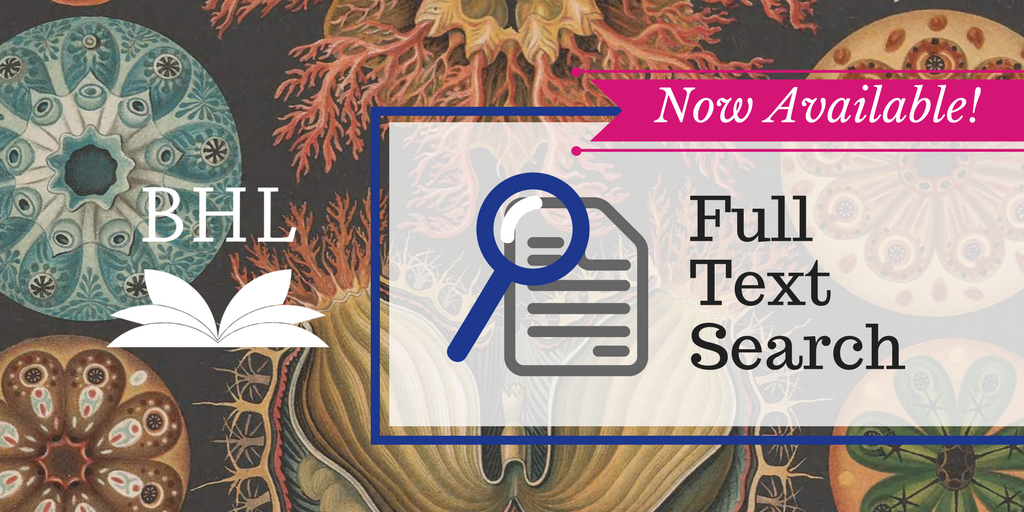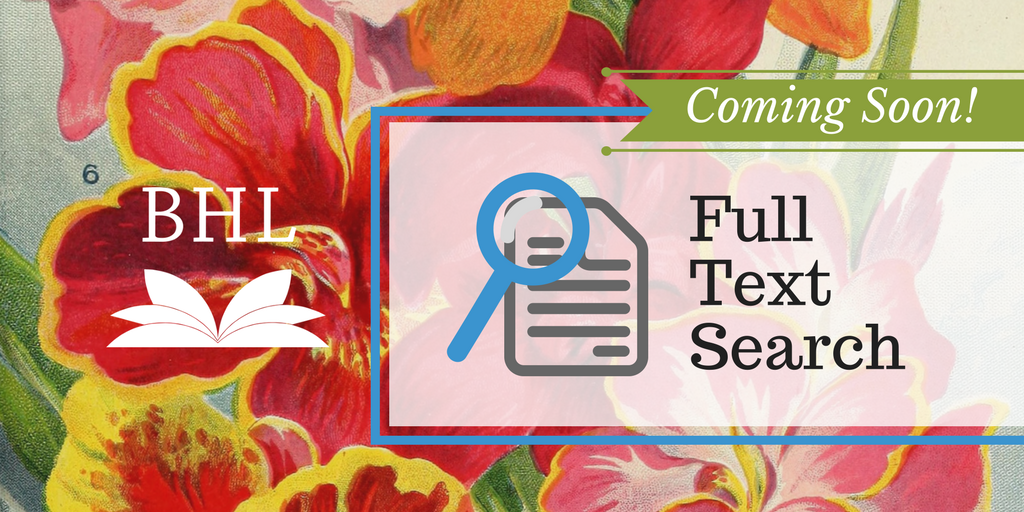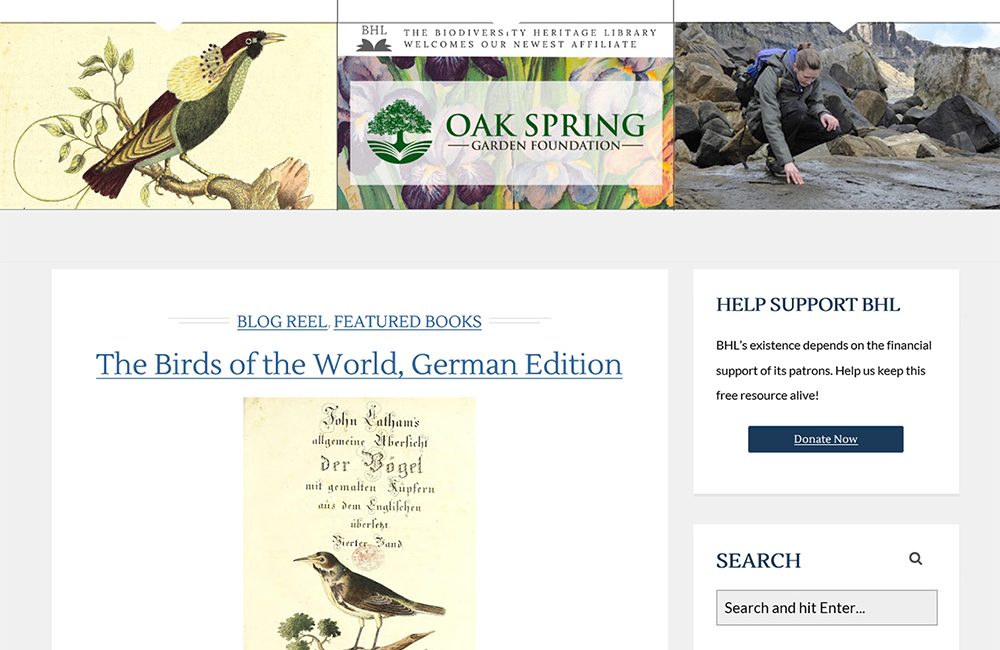Version 3 of the BHL API has been launched.
The development of a new API version was spurred by the recent introduction of full-text search to the BHL web site. In addition to the inclusion of full-text search, the entire API has been examined and updated. New methods have been added, existing methods have been modified, and many methods have been dropped entirely (or incorporated into other methods).
Continue reading










